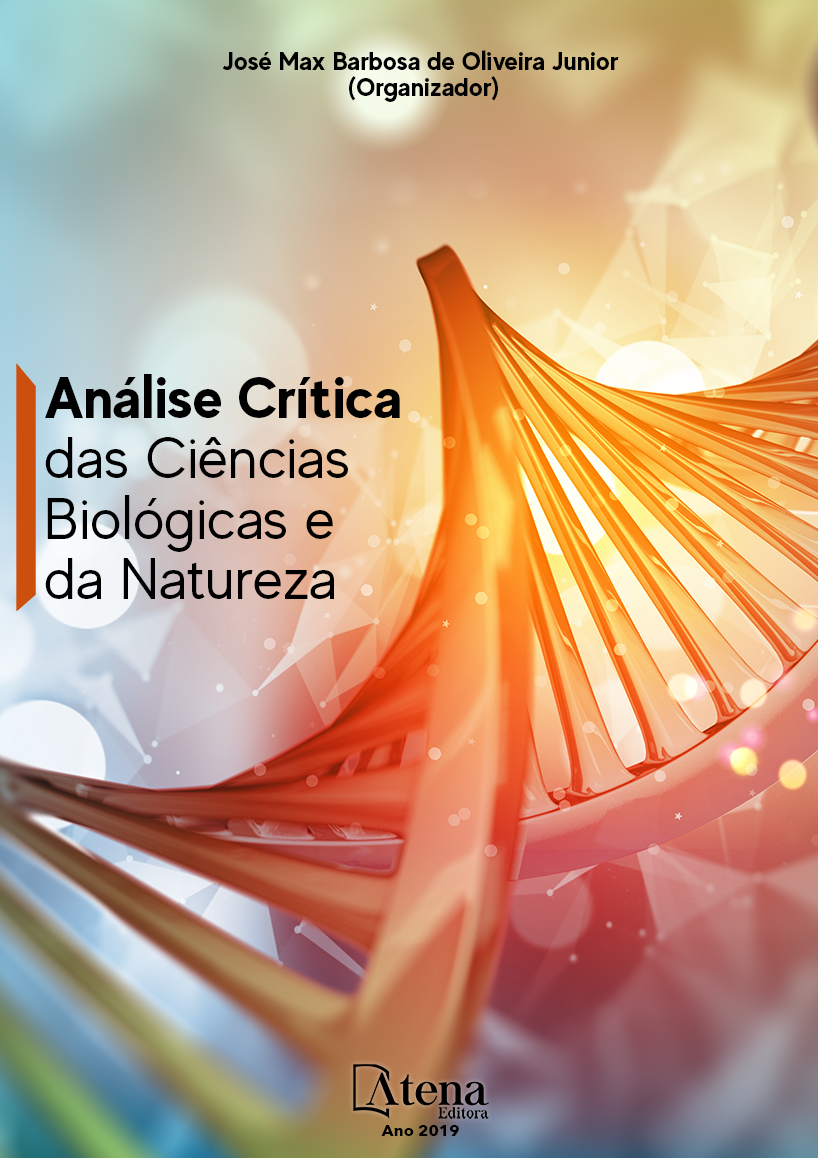
PRESENÇA DE ADENOVIRUS HUMANO NAS ÁGUAS DO RIO CATURETÊ, SARANDI, RIO GRANDE DO SUL
O aumento da urbanização próximo aos rios é acompanhado de grande escoamento de esgoto doméstico não tratado, tornando a água um meio de veiculação de microrganismos patogênicos. O Rio Caturetê pertence à Bacia do Rio Várzea, sendo formado por um conjunto de arroios que banham a cidade de Sarandi/ RS. Os Adenovírus Humano (HAdV) são vírus entéricos causadores de gastroenterites, apresentam grande resistência ao meio
ambiente e ao trato gastrointestinal, sendo utilizados como bioindicadores de qualidade ambiental. Este trabalho tem por objetivo avaliar a contaminação hídrica, de origem fecal, em amostras de águas do Rio Caturetê por meio de detecção molecular. Foram coletadas cinco amostras de água, em frascos estéreis de 500 ml, em cinco pontos ao longo do Rio Caturetê. As coletas foram realizadas no mês de abril de 2018. O método de ultracentrifugação foi empregado para a obtenção das partículas virais. Os genomas virais foram extraídos por meio do kit de extração Mini Spin Plus (BIOPUR), e posteriormente, a quantificação do HAdV foi obtida através da técnica de qPCR (cadeia de polimerase em tempo real) utilizando o kit SYBR Green. Foi identificada a presença de HAdV em 80% das amostras, sendo o ponto três o único local em que não houve a detecção de amostras positivas. Os pontos um e quatro apresentaram menor e maior quantificação de material genômico, respectivamente. O Rio Caturetê abastece a população residente do município de Sarandi, recebendo diversos contaminantes, devido as atividades agrícolas da população local e da concentração urbana. O presente estudo revelou um déficit na qualidade do saneamento básico da região, além da importância do monitoramento dos rios para que políticas públicas possam ser adequadamente implementadas a fim de melhorar a qualidade de vida dos moradores que utilizam das águas.
PRESENÇA DE ADENOVIRUS HUMANO NAS ÁGUAS DO RIO CATURETÊ, SARANDI, RIO GRANDE DO SUL
-
DOI: 10.22533/at.ed.5761927055
-
Palavras-chave: qPCR, qualidade da água e monitoramento ambiental.
-
Keywords: qPCR, water quality and environmental monitoring.
-
Abstract:
The increase in urbanization near the rivers is accompanied by a large flow of untreated domestic sewage, making water a means of transporting pathogenic microorganisms. The Caturetê River belongs to the Várzea River Basin, being formed by a group of streams that bathe the city of Sarandi/RS. Human adenoviruses (HAdV) are enteric viruses that cause gastroenteritis, and present great resistance in the environment and the gastrointestinal tract, being used as bioindicators of environmental quality. The objective of this work is to evaluate fecal water contamination in samples of waters of the Caturetê River by means of molecular detection. Five water samples were collected in 500 ml sterile flasks at five points along the Caturetê River. The collections were carried out in April 2018. The ultracentrifugation method was used to obtain the viral particles. Viral genomes were extracted using the Mini Spin Plus extraction kit (BIOPUR), and then the quantification of HAdV was obtained using the qPCR (real time quantitative PCR) technique using the SYBR Green kit. The presence of HAdV was identified in 80 % of the samples, and point three was the only site where no positive samples were detected. Points one and four presented lower and higher quantification of genomic material, respectively. The Caturetê River supplies the resident population of the municipality of Sarandi, receiving several contaminants, due to the agricultural activities of the local population and the urban concentration. The present study revealed a deficit in the quality of the basic sanitation of the region, besides the importance of the monitoring of the rivers so that public policies can be properly implemented and consequently better the quality of life of the residents who use these waters.
-
Número de páginas: 15
- Rute Gabriele Fischoeder Ritzel
- Tatiana Moraes da Silva Heck
- Fabiano Costa de Oliveira
- Rodrigo Staggemeier
- Sabrina Esteves de Matos Almeida
- Brenda Katelyn Viegas da Rosa


